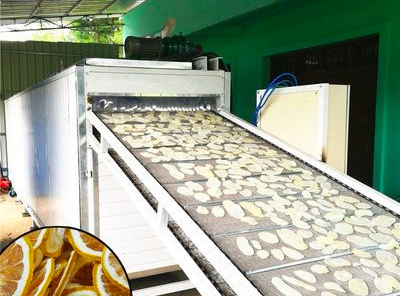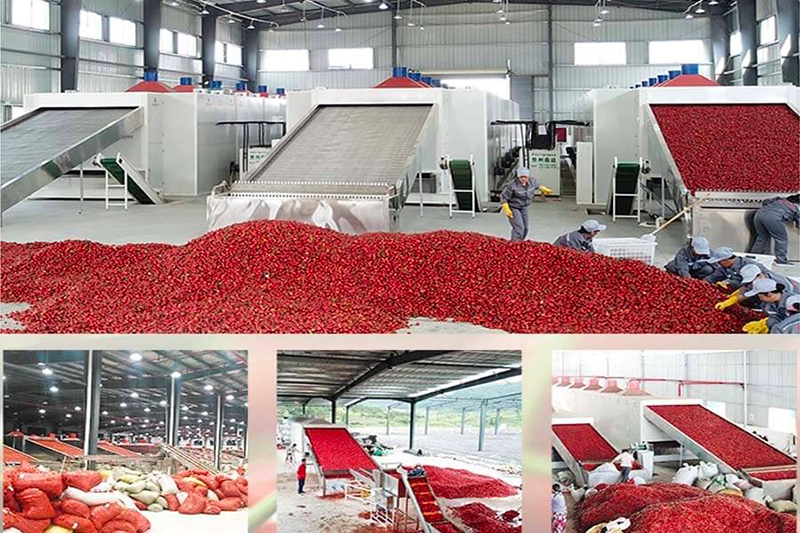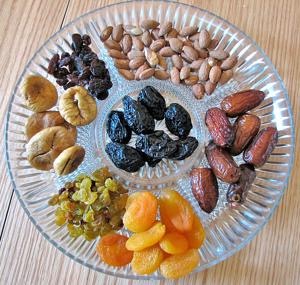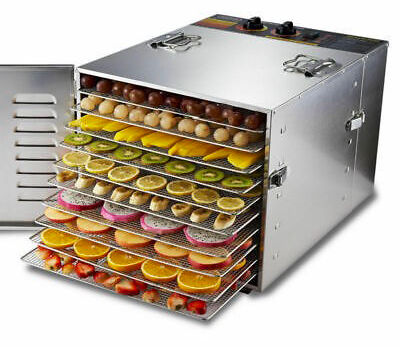
Content Menu
● What is a Heat Pump Dryer?
● How Does a Heat Pump Dryer Work?
● The Technology Behind Heat Pump Dryers
● Energy Efficiency of Heat Pump Dryers
● Cost Savings Over Time
● Benefits of Using Heat Pump Dryers
● Considerations When Choosing a Heat Pump Dryer
● Comparing Heat Pump Dryers with Traditional Dryers
● Real-Life Applications
● Conclusion
● Frequently Asked Questions
>> 1. What is the main advantage of using a heat pump dryer?
>> 2. Are heat pump dryers more expensive than conventional dryers?
>> 3. How long does it take for clothes to dry in a heat pump dryer?
>> 4. Do I need special installation for a heat pump dryer?
>> 5. Can I use a heat pump dryer with all types of fabrics?
Heat pump dryers are becoming increasingly popular in both residential and commercial settings due to their energy efficiency and cost-saving potential. Understanding how these appliances work and the benefits they offer can help consumers make informed decisions about their laundry practices. This article will explore the mechanics of heat pump dryers, their advantages over traditional dryers, and how they can lead to significant savings on energy bills.

What is a Heat Pump Dryer?
A heat pump dryer is a type of clothes dryer that uses a heat pump system to dry clothes efficiently. Unlike traditional dryers that expel hot air outside, heat pump dryers recycle the air within the machine. The process involves drawing in humid air from the drum, extracting moisture, and then reheating the air before returning it to the drum. This closed-loop system significantly reduces energy consumption.
How Does a Heat Pump Dryer Work?
The operation of a heat pump dryer can be broken down into several key steps:
1. Air Intake: The dryer draws in warm, moist air from the drum where wet clothes are located.
2. Heat Exchange: This moist air passes through a heat exchanger where it is cooled, causing the moisture to condense into water.
3. Water Collection: The condensed water is collected in a reservoir or drained away, depending on the model.
4. Reheating: The remaining dry air is reheated using a compressor and sent back into the drum to continue drying the clothes.
5. Cycle Continuation: This process repeats until the clothes are dry, allowing for efficient moisture removal with minimal energy usage.

The Technology Behind Heat Pump Dryers
Heat pump dryers utilize advanced technology that combines refrigeration principles with drying processes. The heart of this technology is the compressor, which compresses refrigerant gas, raising its temperature. As this gas passes through coils inside the dryer, it releases heat that warms the air in the drum. This innovative method not only enhances drying efficiency but also minimizes energy waste.
Energy Efficiency of Heat Pump Dryers
Heat pump dryers are known for their exceptional energy efficiency. They can use up to 50% less energy compared to conventional electric dryers. This efficiency stems from their ability to recycle hot air rather than generating new heat for each drying cycle.
- Lower Energy Bills: By consuming less electricity, users can see a significant reduction in their monthly energy bills.
- Longer Lifespan: Heat pump dryers typically have a longer lifespan than traditional models due to less wear and tear from high-temperature drying cycles.
- Environmental Impact: Using less energy not only saves money but also reduces carbon emissions, making heat pump dryers a more environmentally friendly option.
Cost Savings Over Time
While heat pump dryers may come with a higher upfront cost than traditional electric or gas dryers, the long-term savings on energy bills can offset this initial investment. Here's how:
- Annual Savings: Depending on usage, households can save anywhere from $80 to $130 annually on energy costs compared to traditional dryers.
- Rebates and Incentives: Many regions offer rebates for purchasing energy-efficient appliances, which can further reduce the upfront cost of heat pump dryers.
- Payback Period: With consistent use, many users find that they recoup their initial investment within two to three years through lower operating costs.
Benefits of Using Heat Pump Dryers
1. Gentler on Fabrics: Heat pump dryers operate at lower temperatures compared to traditional models, which helps prevent fabric damage and extends the life of clothing.
2. Flexible Installation Options: Since they do not require venting to the outside, heat pump dryers can be installed in various locations within a home or facility.
3. Low Maintenance Needs: These dryers require less maintenance than vented models because there are no ducts or vents that need regular cleaning.
4. Improved Indoor Air Quality: By not venting moist air outside, heat pump dryers help maintain better humidity levels indoors.
5. Quiet Operation: Many heat pump models operate more quietly than traditional dryers, making them suitable for use in apartments or homes where noise is a concern.
Considerations When Choosing a Heat Pump Dryer
While heat pump dryers offer numerous advantages, there are some factors consumers should consider:
- Initial Cost: The upfront cost of purchasing a heat pump dryer is generally higher than that of conventional models.
- Drying Time: Although they are efficient, heat pump dryers may take slightly longer to dry clothes due to lower operating temperatures. However, this difference is often minimal and worth the energy savings.
- Capacity Options: Consumers should choose a model that fits their laundry needs in terms of capacity and features like sensor drying for optimal efficiency.
Comparing Heat Pump Dryers with Traditional Dryers
Understanding how heat pump dryers stack up against traditional options can help consumers make informed decisions:
| Feature | Heat Pump Dryer | Traditional Dryer |
| Energy Consumption | Up to 50% less | Higher |
| Initial Cost | Higher upfront | Generally lower |
| Drying Temperature | Lower temperatures | Higher temperatures |
| Installation Flexibility | No external venting required | Requires venting |
| Fabric Care | Gentler on fabrics | Can cause wear over time |
| Noise Level | Typically quieter | Can be noisier |
Real-Life Applications
Heat pump dryers are not just beneficial for residential use; they also have significant applications in commercial settings such as laundromats and hotels. In these environments:
- High Volume Efficiency: They can handle large loads while maintaining low operating costs.
- Sustainability Goals: Businesses looking to reduce their environmental impact find heat pump dryers align well with sustainability initiatives.
- Customer Satisfaction: Offering eco-friendly laundry services can attract environmentally conscious customers who value sustainability practices.
Conclusion
Heat pump dryers represent a significant advancement in laundry technology, offering both economic and environmental benefits. By utilizing innovative recycling methods for hot air and moisture extraction, these appliances save consumers money on energy bills while being gentler on fabrics and contributing to reduced carbon footprints. For anyone considering an upgrade or new purchase in laundry appliances, investing in a heat pump dryer could be one of the best decisions for long-term savings and sustainability.

Frequently Asked Questions
1. What is the main advantage of using a heat pump dryer?
- The main advantage is its energy efficiency; it uses significantly less electricity than traditional dryers by recycling hot air.
2. Are heat pump dryers more expensive than conventional dryers?
- Yes, they typically have a higher upfront cost but can lead to substantial savings on energy bills over time.
3. How long does it take for clothes to dry in a heat pump dryer?
- While drying times may be slightly longer than traditional models, many users find them comparable due to their efficiency.
4. Do I need special installation for a heat pump dryer?
- No special installation is required; they do not need external venting which allows for greater flexibility in placement.
5. Can I use a heat pump dryer with all types of fabrics?
- Yes, they are gentle on fabrics due to lower drying temperatures, making them suitable for most clothing types.












